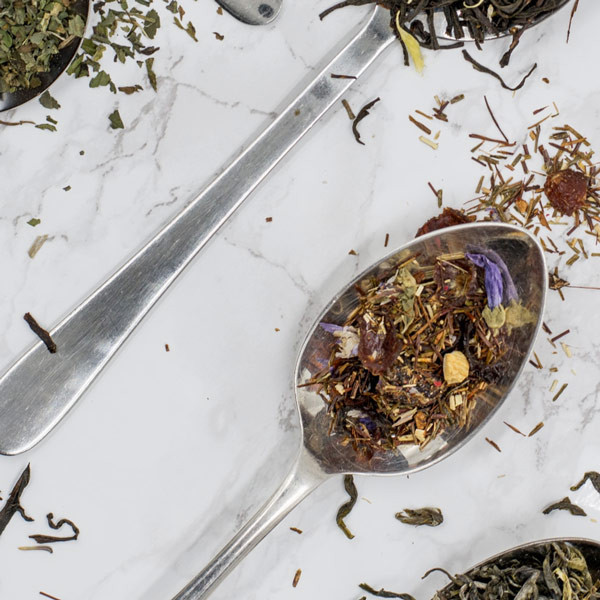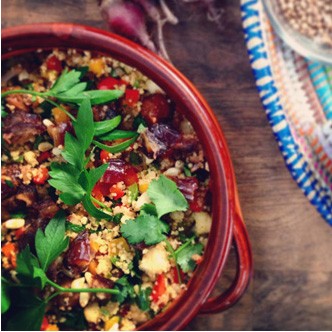Fermenting your own food is officially back in vogue!
Have you tried making your own creamy, Greek yoghurt? One of nature’s natural superfoods, yoghurt is teeming in healthy probiotics that assist in the balance of good gut bacteria. With science now confirming the benefits of fermented products, yoghurt has found its place in the recent fermenting revolution.
Yoghurt making is a craft that dates back to the third millennium B.C, when Anatolian goatherds used to ferment the milk from their herd to preserve it for later consumption. Indeed “yoghurt” is a noun derived from the Turkish verb which means to thicken or coagulate.
The practice spread throughout India and Iran long before being introduced to western culture.
There are a number of ways to make great Greek yoghurt however this is my method, which doesn't require any fancy equipment or a yoghurt maker!
You will need:
- A good quality, store bought, probiotic yoghurt to act as a starter.**
- A litre of full fat milk.
- One litre air tight mason jar (Ensure the jar and lid are thouroughly sterilized)
Method:
- Put a tablespoon of yoghurt into your mason jar. (Allow it to reach room temperature while you complete the next steps)
- Bring a litre of milk slowly to just short of the boil (frothy but not bubbling over).
- Take the milk off the heat and allow to cool to a level that you don’t burn your finger when you test the milk (very scientific!).
- Add milk slowly to the container with yoghurt, stirring all the time to “introduce” the milk to the culture. (Another scientific term!) Tighten the lid on your jar immediately.
- Wrap the jar with a few kitchen towels to ensure the heat is retained and leave in a warm place for 6-12hrs. In summer, you can leave this on your kitchen bench for the day.
- If you prefer your yoghurt thick (and to give it that Greek yoghurt finish) strain it through muslin or a clean chux cloth to remove the whey.
The result? Tasty, healthy and versatile Greek yoghurt. One your grandmother would have been proud to serve.
* The resting temperature is very important to ensure the fermentation process continues. It's best for the jar to rest at around 40 degrees.
**Many of the commercially available yoghurts have added sugars, flavourings and colourings to make them palatable. Your starter needs to be a qood quality, plain, full fat organic yoghurt with live cultures. Check the ingredients list for live and active cultures and ensure there are as little 'additives' as possible.
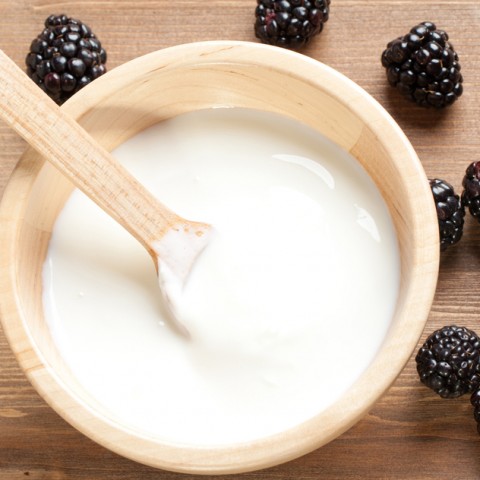
Love Health?
From recipes, trends and discounts, expect great things via email this month.
More Great Reads!
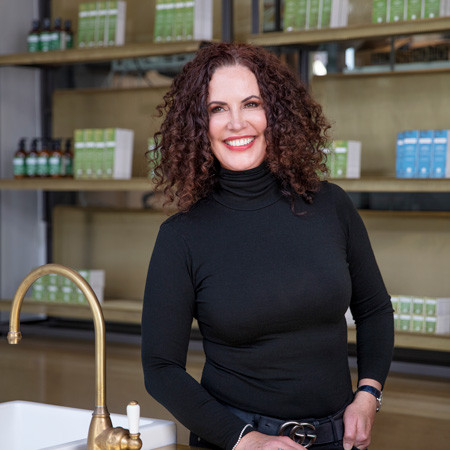
Behind The Brand: Antipodes
Recipes We Love!
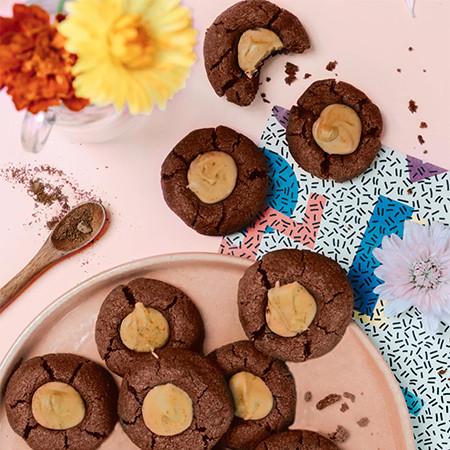
Clever Cookies







